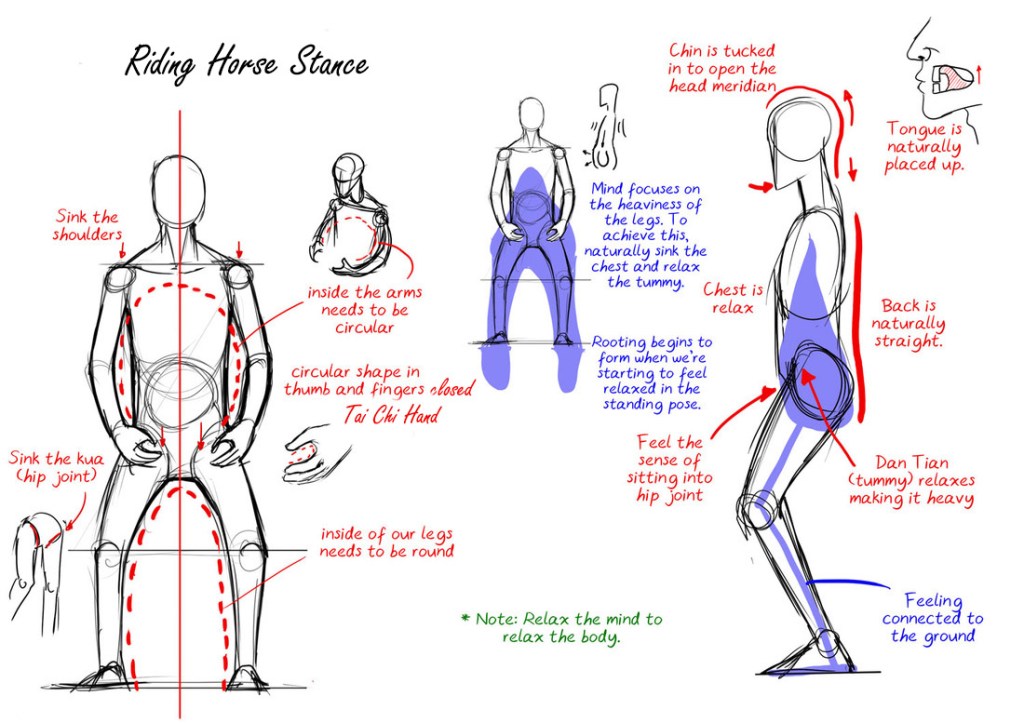What is Tai Chi?
Tai Chi is a gentle form of exercise for health and relaxation, which originates from ancient China.
Gentle flowing movements are combined with deep breathing exercises in order to cultivate the inner energy of the body or ‘chi’.
The benefits of Tai Chi
Tai Chi is not just a physical form of exercise but also has mental and awareness aspects.
Physical
The gentleness of Tai Chi ensures that the practitioner does not suffer the kinds of muscular and joint injuries which are common with more physical types of exercising, but develops greater strength while developing greater flexibility and suppleness. Dedicated athletes will find that Tai Chi is one of the finest ways of gently warming up to offset any vigorous exercise that may follow and it can help speed up recovery from injury. The nervous system is soothed and calmed, which can help aid restful sleep.
In China Tai Chi is often practised as a Health Aid because it has been known for centuries to aid recovery from a variety of diseases especially those caused by stress or overwork, and it can also benefit anyone suffering from overweight as it helps breakdown the fatty tissues in the body reducing the body to its natural weight level. Tai Chi is also very good for balance, and the deep breathing exercises improve oxygenisation in the entire body and help increase stamina.
Mental
Tai Chi can help to sharpen the mental faculties and improve acuity (the ability to hear, see, or think accurately and clearly) so that a very strong and purposeful mind is developed. Dynamic and exact control is maintained over all parts of the body and by this means one also learns to keep control over the emotions. We also learn various partner exercises, which provide a unique opportunity to learn how to utilise and develop internal energy as well as learning practical methods to stay focused and relaxed in stressful situations.
Awareness-Spiritual
Tai Chi is based upon the ancient Chinese philosophy. Although Taoism is not a religion, studying Tai Chi can have spiritual benefits by helping us become aware of how we are part of the natural environment. By learning how to control the emotions you can start to develop a deep inner peace thereby becoming at one with oneself and others round you: this naturally leads to a greater awareness and understanding of oneself, and a greater appreciation and understanding of others, all of which creates a balance and harmony within oneself and the world around us.
Summary
The sequence of movements which make up the Tai Chi ‘Form’ thoroughly exercise all parts of the body, massaging the internal organs and building suppleness and fitness gradually, without unnecessary strain and effort. This makes it ideal for men and women of all ages. Studies on the effects of Tai Chi support what has been intuitively known by its advocates, that is that Tai Chi Tones and Vitalises The Whole Body, Strengthens Joints, Improves Posture, Assists In The Treatment Of Many Diseases, Strengthens Resistance To Disease.
Is Tai Chi Difficult?
The answer is NO. However, it seems difficult at first because all the movements are relatively short ones. Beginners find it difficult as there is a tendency to follow the hand movements, when, in fact, it is the feet movements that are most important. Therefore, the feet movements with beginners are exaggerated and the student becomes unbalanced.
Basically, Tai Chi is made up from a number of different stances, each of which gather celestial energy and our movements join these stances together in a smooth flow without stopping.
Energy is all around us, it flows in straight lines. We cannot see it, so we don’t even think about it. Consider ‘Gravity’ we are all aware of it. It flows in a straight line – Vertically. So here we have a clue. The first principal is that we remain upright without leaning. Quite simple really. Tai Chi is so simple that we tend not to understand it.

Riding Horse Stance is a powerful exercise in it’s own right. Without moving, the correct Riding Horse stance strengthens the knees and ankles plus many muscles. It’s good for Knee Valgus, which used to be called knock knee-ed. Be aware not to have your weight on the outside edge of your feet, if this is happening simply shorten your stance. It is most important to have your feet parallel too. You should feel an even contact accross the soles of your feet. There are 9 points of contact on each foot, but that needs separate explanation.
For extra knee strengthening, Valgus Bands are available online.
